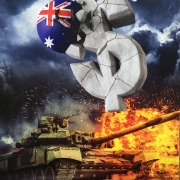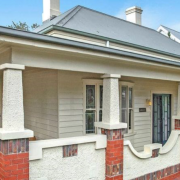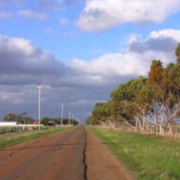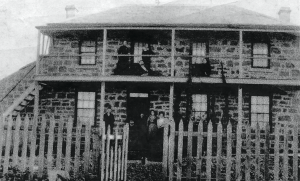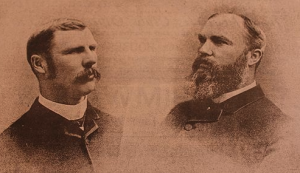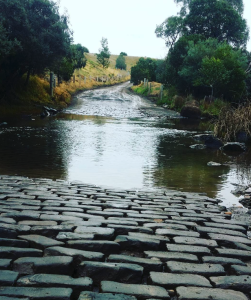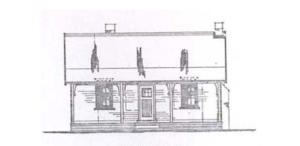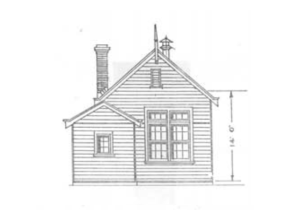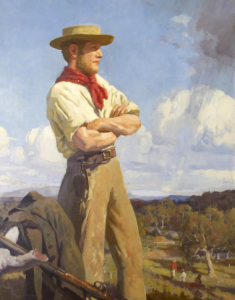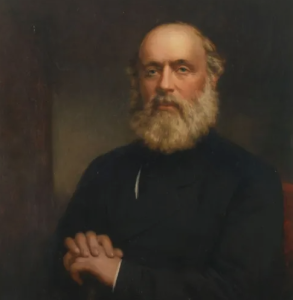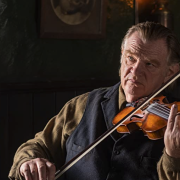Catechism cataclysm on the doorstep
It’s a bit unkind, I’ll admit, but a little politeness can easily lead to misunderstanding.
Take the God-botherers at my door recently. Nice enough blokes so rather than sool the dogs on to them I heard them out, for a bit, before suggesting if they had a leaflet I’d give it a read. “Thanks guy, sorry but can’t talk right now, see you later.”
Sure enough, I saw them later. About a week later, smiles bright as high-beam headlights on a dark night. They wanted to check in on what I thought of the leaflet. With that ominous old office psychopath request: ‘Got a minute?’
I was sorely tempted to discuss The Life of Brian, which I’d just watched for the umpteenth time the night before, but they were too fast for me.
“Did you read the leaflet we left with you?”
“Umm, I’ll be truthful gents, I didn’t.”
“Haven’t had the chance?”
“No, just didn’t read it. I’m a casualty of another denomination to you guys and not really inclined toward that stuff.”
The guys stared at me pitifully but mercifully. They had a plan for me.
Truth is I had a couple of leaflets, one from them, another that arrived amongst the junk mail. I wasn’t sure which one was theirs – the Will Suffering Ever End? job or the more colourful The Last Days … Are They Here?
The first had a weeping woman on the front with the reassuring Bible quote: “God … will wipe all tears from their eyes and there will be no more death, suffering, crying or pain”.
The second warned of The Tribulation – marked by globalism, one-world government and a deceptive peacemaking Anti-Christ – preceding the last days of humanity.
The latter’s a far better read with its apocalyptic firestorm, rampant army tanks, a wrecker’s ball draped in the Aussie flag attacking a mighty dollar sign and its general propaganda-style fear-mongering.
No sign of any goody-two-shoes tears being wiped here. It’s clear repent or it’s off to Hell in a handbasket stuff. Frighteningly mediaeval if it wasn’t so contemporary.
“Salvation is by faith and is never received as a result of good works or religious practices,” it cautions with a stirring quote from Paul’s Epistle to the Ephesians.
What hope have you got?
I pondered the contradictions attendant to Paul’s alliterative assonance – along with John Cleese’s tongue-twisting Samson the Sadducee Strangler, Silus the Syrian Assassin and several seditious scribes from Caesarea from The Life of Brian – while the blokes on the doorstep just stood there smiling.
Lengthy pregnant pause stuff. Eventually, I piped up, quoting honest Abe Lincoln: “I suppose whatever you are, be a good one.”
More smiles and silence, then: “I heard someone said that.”
“Yeah, I just did. Gotta go gents, hooroo,” I said and politely closed the door.
The misunderstanding had to stop somewhere before I got on to Brian’s Pontius Pilate and ‘Incontinentia Buttocks’, which is alarmingly physically close to my real take on religion and politics these days.
An edited version of this article appeared in the Geelong Advertiser 17 October 2023.

